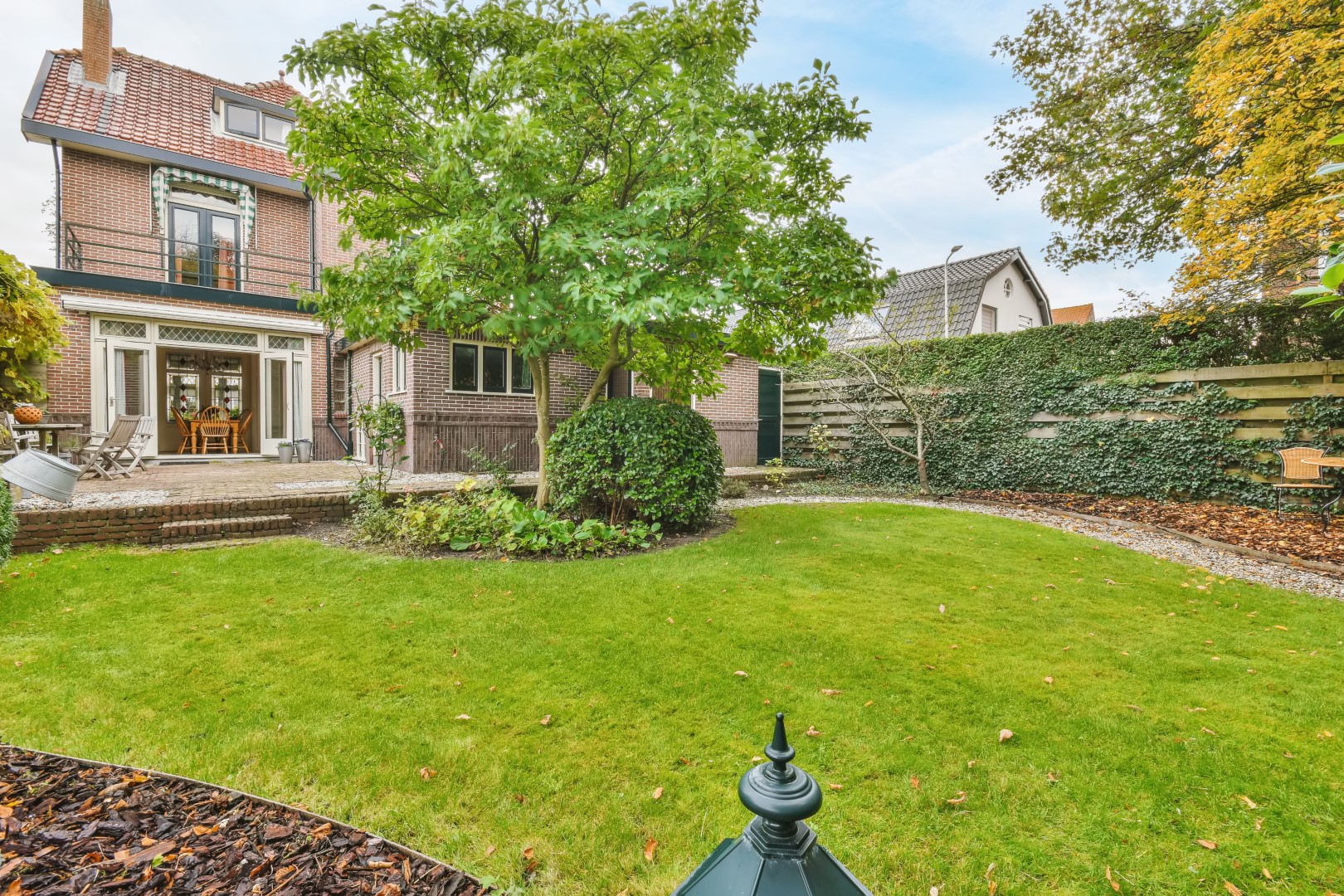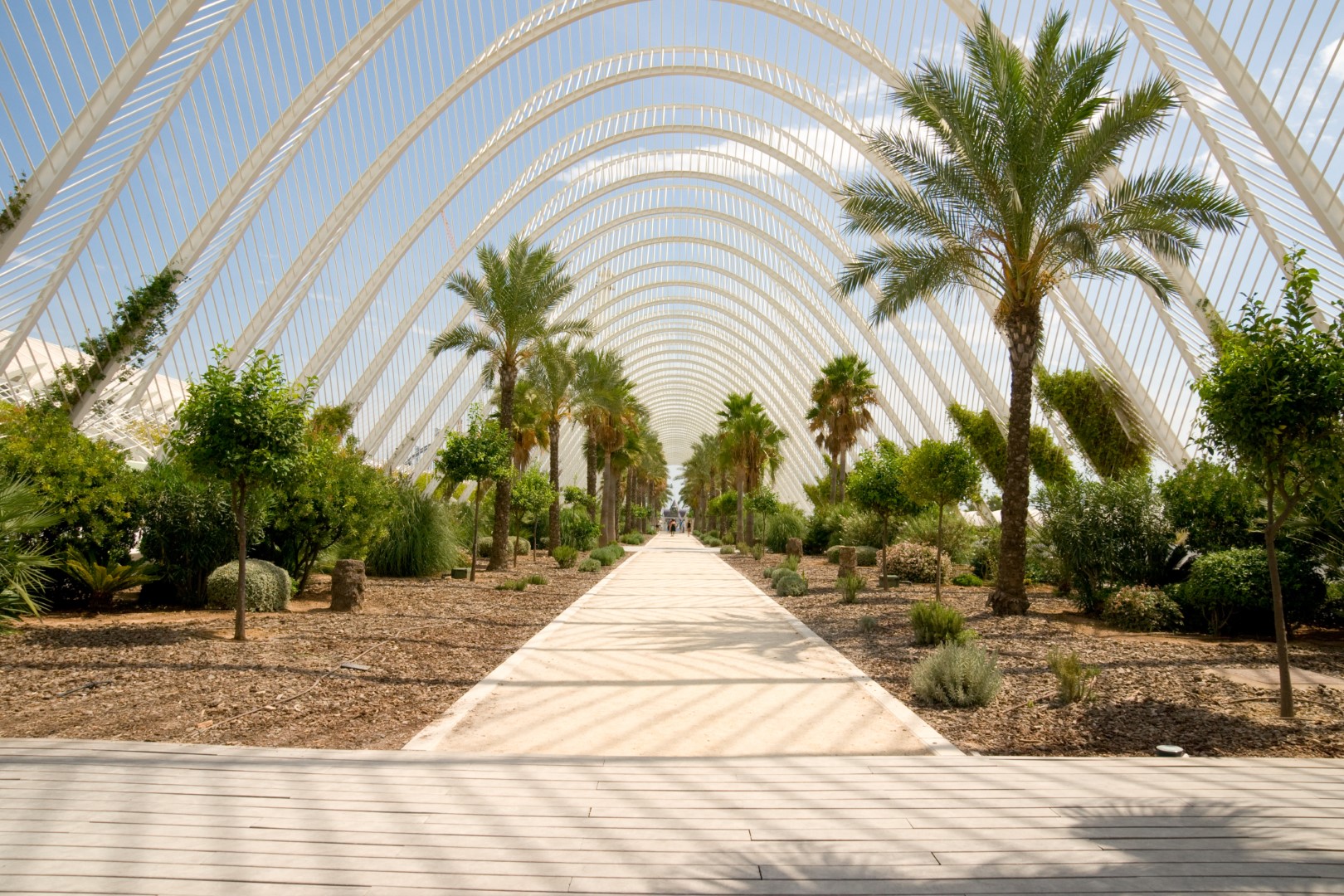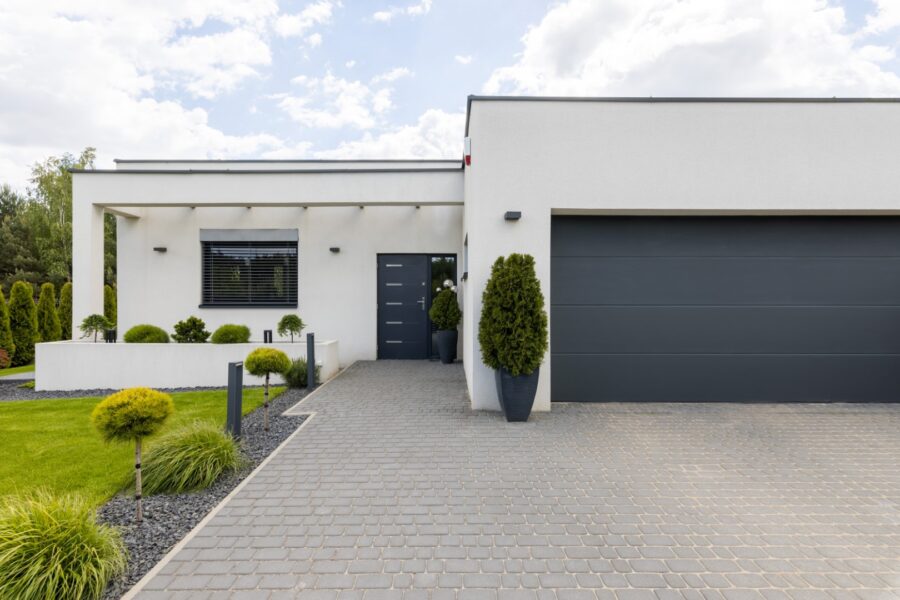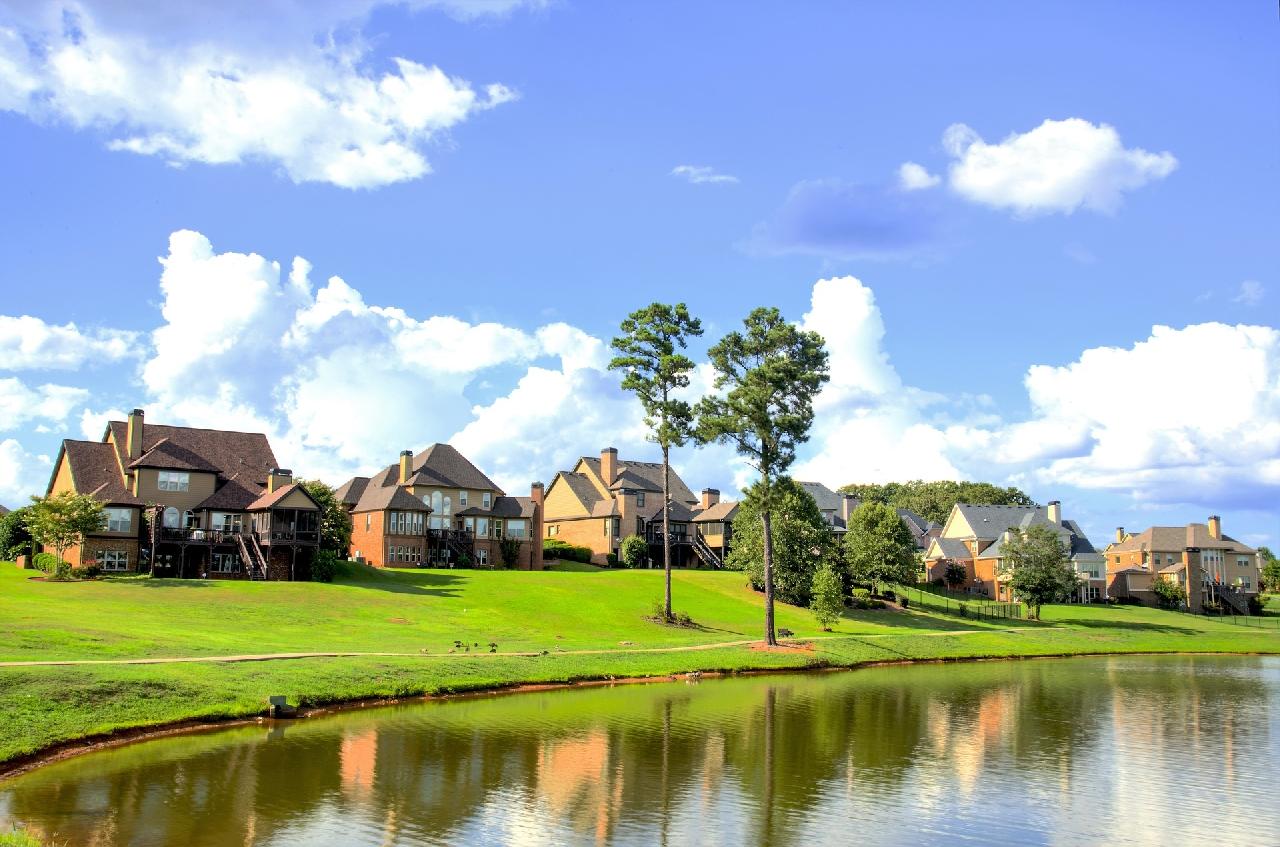The coexistence of trees and home architecture is a timeless dance of harmony that has been celebrated by architects, designers, and nature enthusiasts alike. Trees, with their majesty and ecological importance, offer a unique opportunity to enhance the aesthetics and sustainability of our living spaces. By carefully integrating trees into the architectural design, you can both create a more harmonious and visually appealing environment and contribute to a greener, healthier planet.
Choosing the Right Tree Species
The first step in fostering harmony between trees and home architecture is selecting the right tree species. Not all trees are created equal, and each has its unique characteristics, growth patterns, and requirements. Before planting the desired trees, it’s necessary to remove ones that might be causing damage to your property, and 24 hour Emergency tree service Pennsylvania experts can help you do it hassle-free. It’s essential to consider factors like mature size, root system, and environmental suitability. Smaller, slow-growing trees with non-invasive roots are often preferred for close proximity to buildings.
Additionally, the tree’s aesthetic appeal, seasonal changes, and ecological benefits should align with the architectural vision and purpose. By carefully choosing the right tree species, you can ensure a harmonious coexistence that enhances your home’s beauty and functionality.
Strategic Placement and Design Integration
Once you’ve chosen the ideal tree species, the next crucial step is determining its placement and integrating it into the overall architectural design. Consider the tree’s future growth and position it strategically to provide shade, privacy, or visual interest while avoiding interference with the structure. Architects can incorporate trees into the design through features like courtyards, atriums, or cantilevered balconies that celebrate the tree’s presence. The tree’s form, such as its canopy shape and branching pattern, can influence the design aesthetic, offering a unique opportunity for creative synergy between nature and architecture.
Sustainable Landscaping Practices
Achieving harmony between trees and home architecture goes beyond the initial design phase; it also involves long-term care and maintenance. Implement sustainable landscaping practices to support the tree’s health and vitality while minimizing the impact on the building. This includes proper soil management, mulching, and regular pruning to ensure the tree’s growth doesn’t jeopardize the structural integrity of the home. Sustainable practices not only benefit the tree but also contribute to energy efficiency, air quality, and overall well-being within the home.
Embracing Ecosystem Benefits
Trees are more than just ornamental additions; they are essential contributors to the ecosystem. To create true harmony between trees and home architecture, it’s crucial to embrace their broader ecological benefits. Trees provide shade, reduce energy costs, sequester carbon, and support wildlife. Consider incorporating rain gardens, green roofs, or permeable pavement to further enhance the ecological impact of your tree-architectural integration. This holistic approach not only benefits your home but also contributes to a healthier planet.
Tree Preservation and Adaptation
Preserving and adapting existing trees can be a rewarding endeavor, but it requires careful consideration. Consult with arborists to assess the health and structural stability of these trees. Measures such as root zone protection during construction and adjustments to the design to accommodate the tree’s growth are essential. Adaptive designs, like creating openings in the roof for branches to grow through or incorporating the tree as a focal point in the interior, can maintain the tree’s vitality while adding unique character to the architecture.
Maintenance and Monitoring
Maintaining harmony between trees and home architecture is an ongoing commitment. Regular monitoring and care are essential to ensure the coexistence remains harmonious. Establish a maintenance plan that includes periodic pruning, pest and disease management, and structural support if necessary. Architects and homeowners should work together to address any evolving challenges or opportunities that arise as the tree and home interact over time. Effective communication with experts, such as arborists and landscape professionals, can help address any issues promptly and ensure the continued well-being of both the tree and the structure.
Educational and Community Engagement
Promoting harmony between trees and home architecture extends beyond individual properties. Communities can play a crucial role in fostering a culture of respect for trees and nature. Educational initiatives, tree-planting programs, and neighborhood associations can encourage responsible tree-planting and preservation practices. By engaging with neighbors and local organizations, you can collectively create a more sustainable and visually appealing living environment. Sharing knowledge and experiences can lead to a greater appreciation of the natural world and the architectural elements that coexist with it.

The pursuit of harmony between trees and home architecture is a multi-faceted journey that requires a deep understanding of both natural and man-made elements. By selecting the right tree species, strategically integrating them into the design, practicing sustainable landscaping, preserving existing trees, and engaging in ongoing maintenance and community efforts, we can create a world where trees and architecture coexist in perfect balance. This harmonious relationship not only enhances the beauty and functionality of our homes but also contributes to a healthier planet and a more sustainable way of living.
Discover more from Futurist Architecture
Subscribe to get the latest posts sent to your email.




